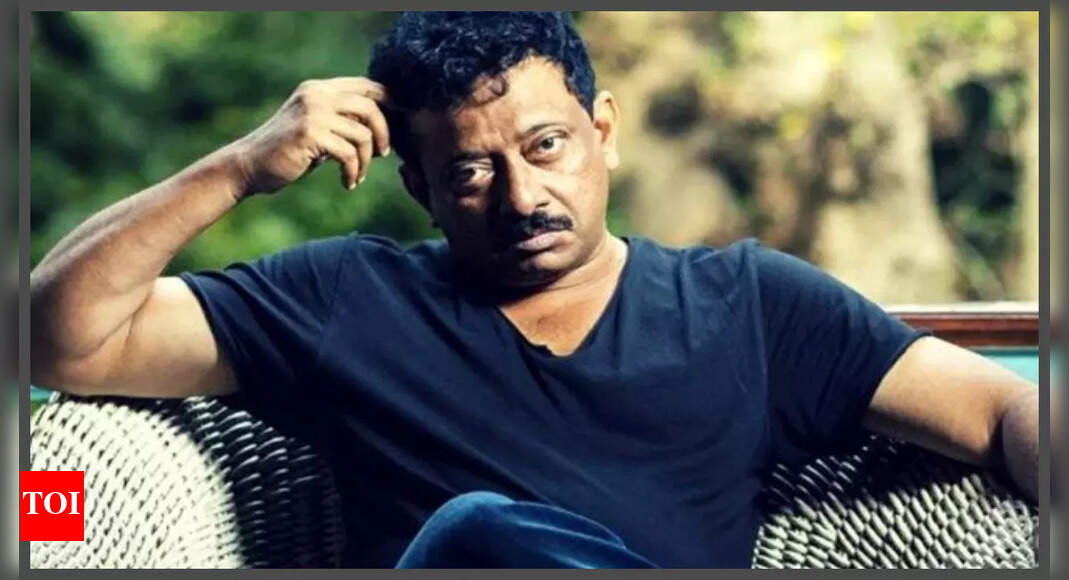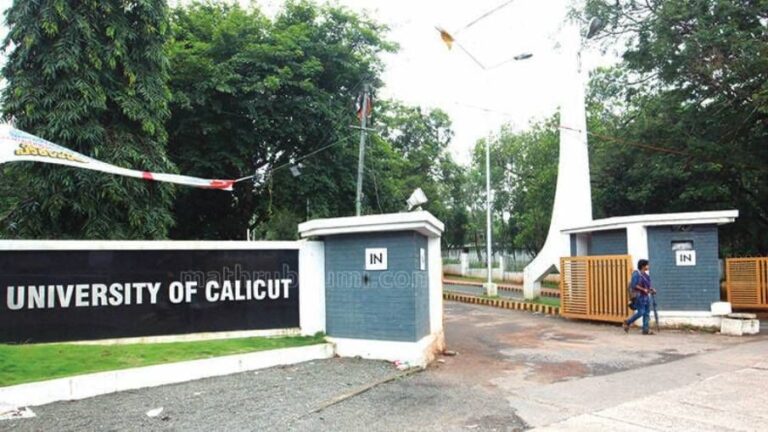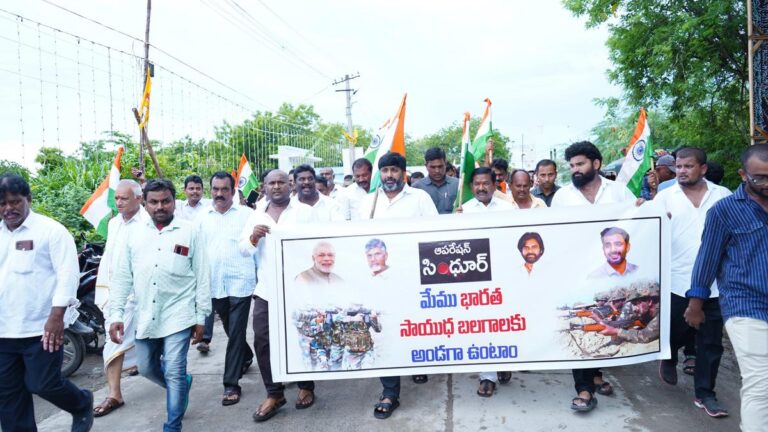Ram Gopal Varma Reveals How Amitabh Bachchan’s Classics Shaped South Cinema’s Rise to Fame
The South Indian Film Industry’s Journey: From Amitabh Bachchan Remakes to Modern Blockbusters
The Indian film landscape is a vibrant mosaic, with Bollywood often standing at its forefront. Yet, it’s the South Indian film industries that have carved out their own unique space, creating not just regional hits but also nationwide blockbusters. Recently, acclaimed filmmaker Ram Gopal Varma shed some light on an intriguing facet of this cinematic evolution—the influence of Amitabh Bachchan’s films on South Indian cinema. In a recent interview, he delved into how remakes of Bachchan’s classics played an instrumental role in shaping stars like Rajinikanth, Chiranjeevi, and NT Rama Rao.
Amitabh Bachchan: The King of Remakes
Varma noted that in the 1970s and 1980s, the South Indian film industries—comprised of Tamil, Telugu, Kannada, and Malayalam—frequently remade iconic films starring Bachchan. This trend not only provided a formula for success but also illuminated the cultural significance of Bachchan as a leading figure in Bollywood. Major actors emerged from these remakes, transcending regional boundaries:
- Rajinikanth: Often considered a demigod in Tamil cinema, his roles in remakes propelled him into superstardom.
- Chiranjeevi: A major figure in Telugu cinema, Chiranjeevi gained fame through remakes that showcased his charisma and screen presence.
- NT Rama Rao: His portrayals in remakes allowed him to resonate deeply with audiences, solidifying his legacy.
The continued fascination with remaking Bachchan’s films underscores the deep-seated respect and admiration the South Indian film industry has for his contributions to Indian cinema. Varma’s observations reflect a culture where storytelling remains paramount, emphasizing the mass appeal that transcends mere imitation.
The Evolution of Filmmaking Styles
While Bollywood directors were increasingly influenced by international cinema due to greater exposure and education, Varma pointed out a cultural divergence in the South. Many southern filmmakers focused on grassroots storytelling, prioritizing the tastes of local audiences over global trends. This approach led to the creation of ‘masala films’—a hybrid of various genres such as action, comedy, and romance, ensuring broader audience engagement.
Interestingly, Varma highlighted an era in the 1990s when Amitabh Bachchan took a hiatus, and music companies pivoted towards producing films mainly for soundtrack promotion. A notable example is Maine Pyar Kiya, highlighting a shift in Bollywood that did not necessarily reverberate throughout the South. They maintained a consistent output of films steeped in rich storytelling traditions, often inspired by Bachchan’s larger-than-life portrayals.
Modern Cinema: A Shift in Expectations
Varma also recounted an eyebrow-raising incident concerning the film Pushpa: The Rise, directed by Sukumar and starring Allu Arjun. The film’s producer expressed skepticism just days before release, doubting audiences would embrace a protagonist that strayed from the conventional ‘hero’ image. This raises a critical point of discussion:
- What constitutes a hero in Indian cinema today?
- How have audience expectations shifted as stereotypes are challenged?
Varma suggested that the producer’s outlook reflected a limited interpretation of audience preferences, often shaped by preconceived notions. The success of Pushpa, however, indicated a changing narrative; audiences are now more receptive to unconventional characters and story arcs, as evident in the film’s resounding popularity.
The Legacy of Remakes and Future Prospects
So, what does the future hold for both Bollywood and South cinema? As filmmakers continue to innovate while also drawing upon the rich legacy left by stars like Amitabh Bachchan, the Indian film industry looks poised for further growth. Here are some key takeaways:
- Remakes will continue to play a vital role in maintaining the connection between generations of cinema-goers.
- There is an increasing trend toward creating original narratives that defy genre conventions.
- Filmmakers are now more aware of global cinematic trends, but audiences still place immense value on their cultural storytelling traditions.
In conclusion, as Ram Gopal Varma illustrates, the intricate relationship between Bollywood and South Indian cinema is not merely one of imitation but rather a rich tapestry of influence and adaptation. The shared history of these industries serves not only to commemorate the legends of the past but also to inspire future generations of filmmakers. Whether through remakes or original content, the Indian film industry will undoubtedly continue to surprise and captivate its audience.
As the dialogue around film evolution carries on, it is clear that both Bollywood and South cinema have much to learn from each other while simultaneously respecting their unique identities and storytelling traditions.

![<pre>PayloadTooLargeError: request entity too large<br> at readStream (/var/app/current/node_modules/raw-body/index.js:163:17)<br> at getRawBody (/var/app/current/node_modules/raw-body/index.js:116:12)<br> at read (/var/app/current/node_modules/body-parser/lib/read.js:79:3)<br> at jsonParser (/var/app/current/node_modules/body-parser/lib/types/json.js:138:5)<br> at Layer.handle [as handle_request] (/var/app/current/node_modules/express/lib/router/layer.js:95:5)<br> at trim_prefix (/var/app/current/node_modules/express/lib/router/index.js:328:13)<br> at /var/app/current/node_modules/express/lib/router/index.js:286:9<br> at Function.process_params (/var/app/current/node_modules/express/lib/router/index.js:346:12)<br> at next (/var/app/current/node_modules/express/lib/router/index.js:280:10)<br> at expressInit (/var/app/current/node_modules/express/lib/middleware/init.js:40:5)</pre>](https://ouat.co.in/wp-content/uploads/2025/07/a-mumbai-local-passenger-shared-a-video-of-a-massive-crowd-on-reddit-06195993-16x9_0-768x432.jpg)




